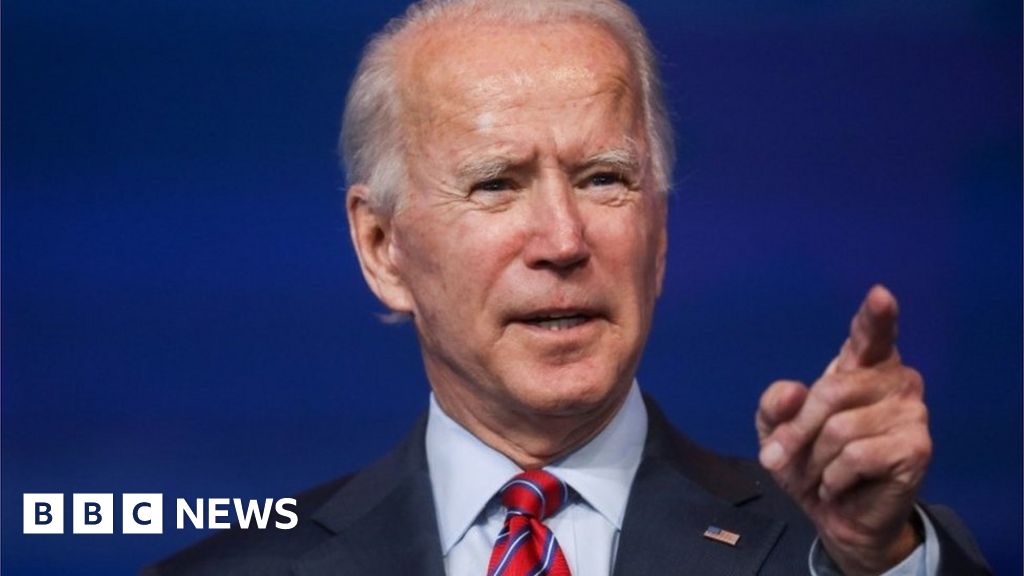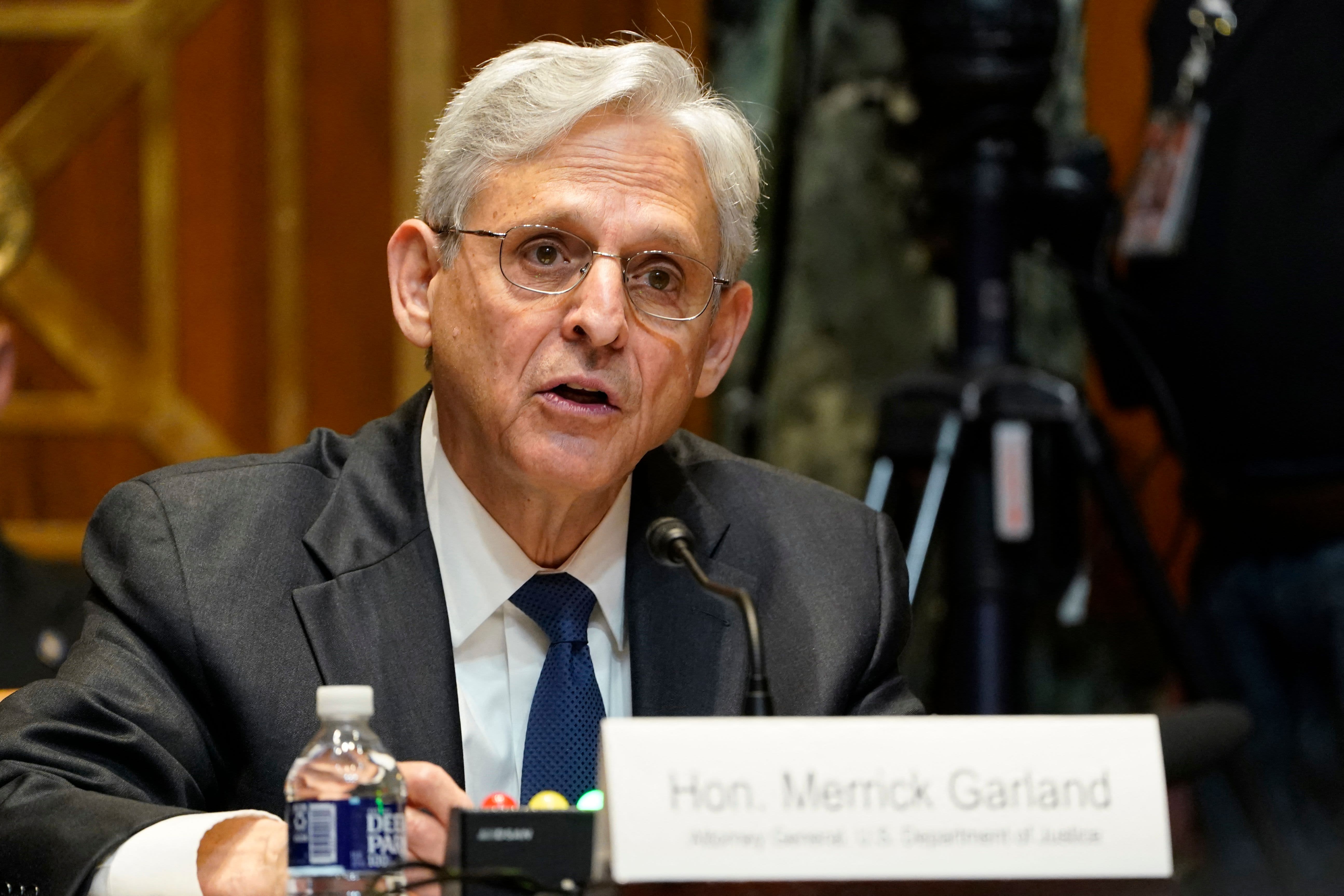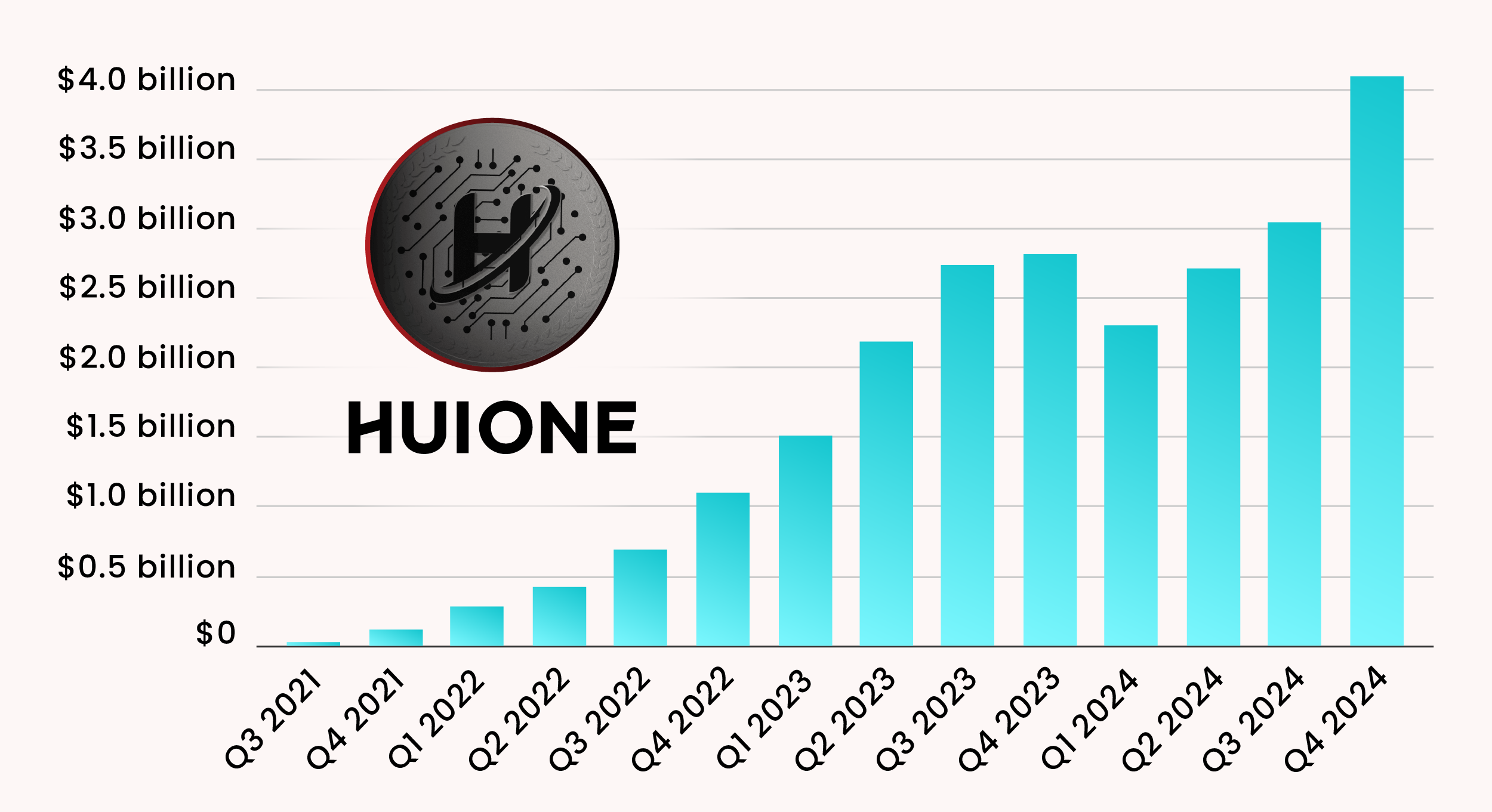
Attacking the President, Attacking the Nation
This is an edition of Time-Travel Thursdays, a journey through The Atlantic’s archives to contextualize the present and surface delightful treasures. Sign up here.
The word assassination summons a universal dread in most Americans. We are not ruled by hereditary monarchs, whose life and death we might witness as mere subjects or bystanders. Instead, in a democracy, we know that “assassination” generally means that someone in our society has killed an elected leader, a fellow citizen we chose through our votes. It’s not part of the normal torrent of politics. It’s not an abstraction. It’s personal. It’s a death in the family—and both the victim and the killer were one of us.
This week, we learned of a possible second attempt to kill former President Donald Trump. Fortunately, the ambush was discovered by the Secret Service, and Trump is unharmed. But the sad truth of American history is that threats against public leaders—and especially against the president, as a symbol of the nation—are common. Some of these threats materialize into actual attacks, and four of them, each taking place in public view, have succeeded in killing the commander in chief.
Writers in The Atlantic have tried throughout our history to make sense of each of these terrible moments. Our archives reflect some of the ways these assassinations have left their scars on the nation.










/cdn.vox-cdn.com/uploads/chorus_asset/file/25831586/STKB310_REDNOTE_XIAOHONGSHU_B.jpg)









